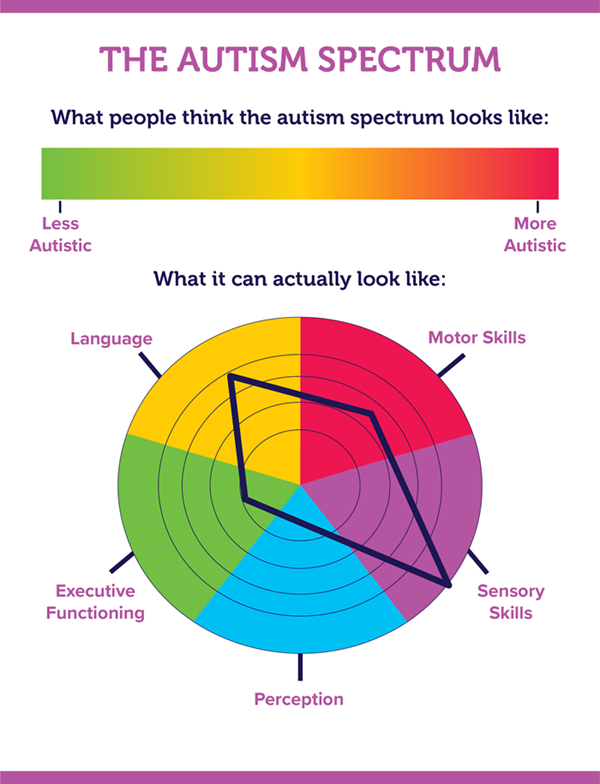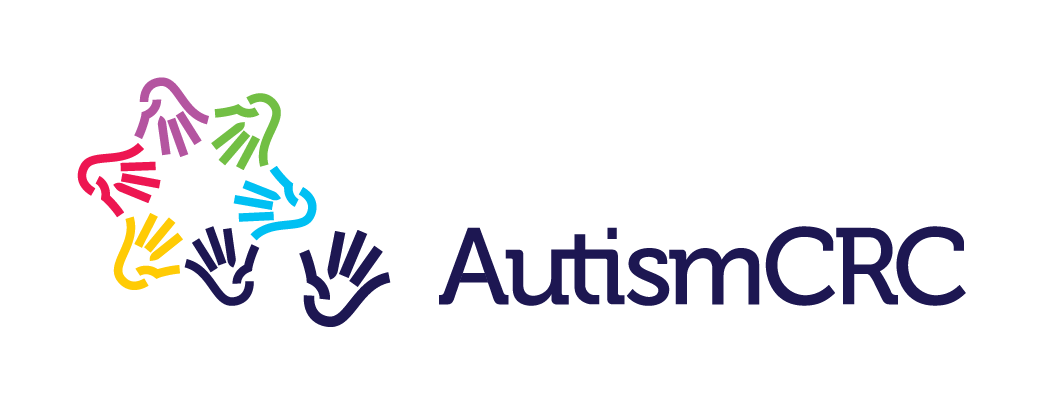Neurodivergence 101

Many young people, especially those who are neurodivergent, have needs and preferences that often go unrecognised in the work environment. Understanding and addressing these needs can create a more accessible, productive, and predictable working environment for everyone.
The first step? Increase your knowledge and understanding of neurodivergence!
myWAY Employability has been developed to highlight the specific strengths, learning needs, and working preferences for neurodivergent young people, whose particular skills are often overlooked in the workplace. So, what do we mean by neurodivergent?
Neurodivergent is an umbrella term for individuals whose neurological development and functioning differs from what's considered typical. Neurodivergence includes conditions like autism, ADHD, dyslexia, dyscalculia, and others.
Neurodiversity-affirming practices, such as creating inclusive spaces and incorporating sensory needs into the workspace, seek to affirm a neurodivergent person’s individuality and identity. Let’s unpack some key neurodivergent conditions:
- Autism
- Affects social skills, memory, and focus. It encompasses a wide range of traits and behaviours that vary from person to person. These traits and behaviours can differ in intensity and nature over time and across contexts. Likewise, every autistic individual has their own strengths and support needs. Individuals on the autism spectrum may need concrete communication, structure and routines, and a work environment that meets their sensory needs.
- ADHD (attention deficit hyperactivity disorder)
- Affects attention, hyperactivity and impulsive behaviour. Individuals with ADHD may need assistance with organising daily tasks, maintaining focus, and breaking large tasks into smaller, more manageable actions.
- Dyslexia, dyscalculia, dyspraxia and dysgraphia
- Affect the processing of information. Individuals with dyslexia (difficulty with reading information), dyscalculia (difficulty with numerical information), dyspraxia (difficulty with fine/gross motor skills) and/or dysgraphia (difficulty with writing information) may need adjustments or accommodations in the way their receive and complete work tasks, such as additional time or assistive technology.
- Sensory processing difficulties
- Affects an individual’s sensory response to stimuli. One can be over-responsive (hypersensitivity) and may avoid stimuli, or under-responsive (hyposensitivity) and seek out stimuli. This is a highly personal condition, but can look like a preference for low light, quiet working spaces, or needing to move to concentrate.
Many neurodivergent individuals have co-occurring neurodivergent conditions, such as anxiety disorders, epilepsy, and sensory processing challenges, as well as their primary condition. Someone who is neurodivergent in more than one way is known as ‘multiply neurodivergent’.
What is the autism spectrum?

Image adapted from CAMHS Professionals, 2021.
The horizontal-coloured line shows what some people think the autism spectrum looks like, starting with less autistic at one end and more autistic at the other end.
The circle is a better representation of the profile of an autistic person, where a 'spike' might indicate an area they require extra supports. These areas of support will be different from one autistic person to the next, and can differ depending on the environment or circumstances. This is called fluctuating capacity.
Tips for employers
Employers have significant influence in creating a more positive experience at work. Here are some ideas you can share or use:
- provide options and opportunities for choice
- explain the purpose behind a task
- allow additional time for processing information
- model how to recover from failure or setbacks
- provide structures or frameworks to guide tasks
- address sensory preferences — adjust lighting, use visual timelines and schedules, and allow fidgets
- break tasks into smaller actions, and
- know your staff so you understand their needs and preferences.
Creating working spaces that allows everyone to thrive doesn't need to be complicated – it simply requires good communication, understanding, and a willingness to try new things.

